Spectacular Mount Nemrut
It’s still dark when I arrive and make my way slowly up a steep path on Mount Nemrut. Although I can hear voices it feels like I’m an intrepid explorer on the edge of an enormous discovery. Once I reach the top I stop to catch my breath. All I can see are murky, shadowy figures and the blurred outlines of large free-standing rocks. I crunch my way over small patches of snow that still carpet the ground up here at 7000ft. As the sun slowly starts to slide across the sleeping landscape the murky blacks turn to muted shades of grey. In the far distance a rabbit hops carefully along, unaware of an eagle hovering above.
I feel all alone on top of the world until the sun rises and reveals groups of tourists also waiting for the morning light on Mount Nemrut, and the ubiquitous seller of Turkish tea. The rocks have been revealed as the bodies of the nearly 30 feet high statues of the pre-Roman King Antiochus I Theos of Commagene that once stood on either side of this tomb sanctuary.
The steep slope I’d walked up is in fact an artificial hill of crushed rock around 160 feet high. The body of the king and some of his relatives are believed to buried inside it but no one is certain. Once upon a time the statues of Antiochus were encircled by seated Greek, Armenian and Iranian statues with the name of each god inscribed on them.
Antiochus believed these gods were his relatives and he had them commissioned to form part of his legacy. Now their 6 foot high heads are scattered across the flat ground near the top of Mount Nemrut. Elsewhere on the terrace is a large slab carved with a lion showing the arrangement of stars and the planets Jupiter Mercury and Mars on 7 July 62 BC. Archaeologists believe this is the date construction began on this monument.
When to visit Mt Nemrut
The best time to visit Mount Nemrut is in spring or fall. East of the capital city of Ankara it is well worth the trip which ends when a short climb takes you to another world.
Want to know more? Read about another trip I made to Mount Nemrut and other parts of Turkey in Exploring Turkish Landscapes: Crossing Inner Boundaries.
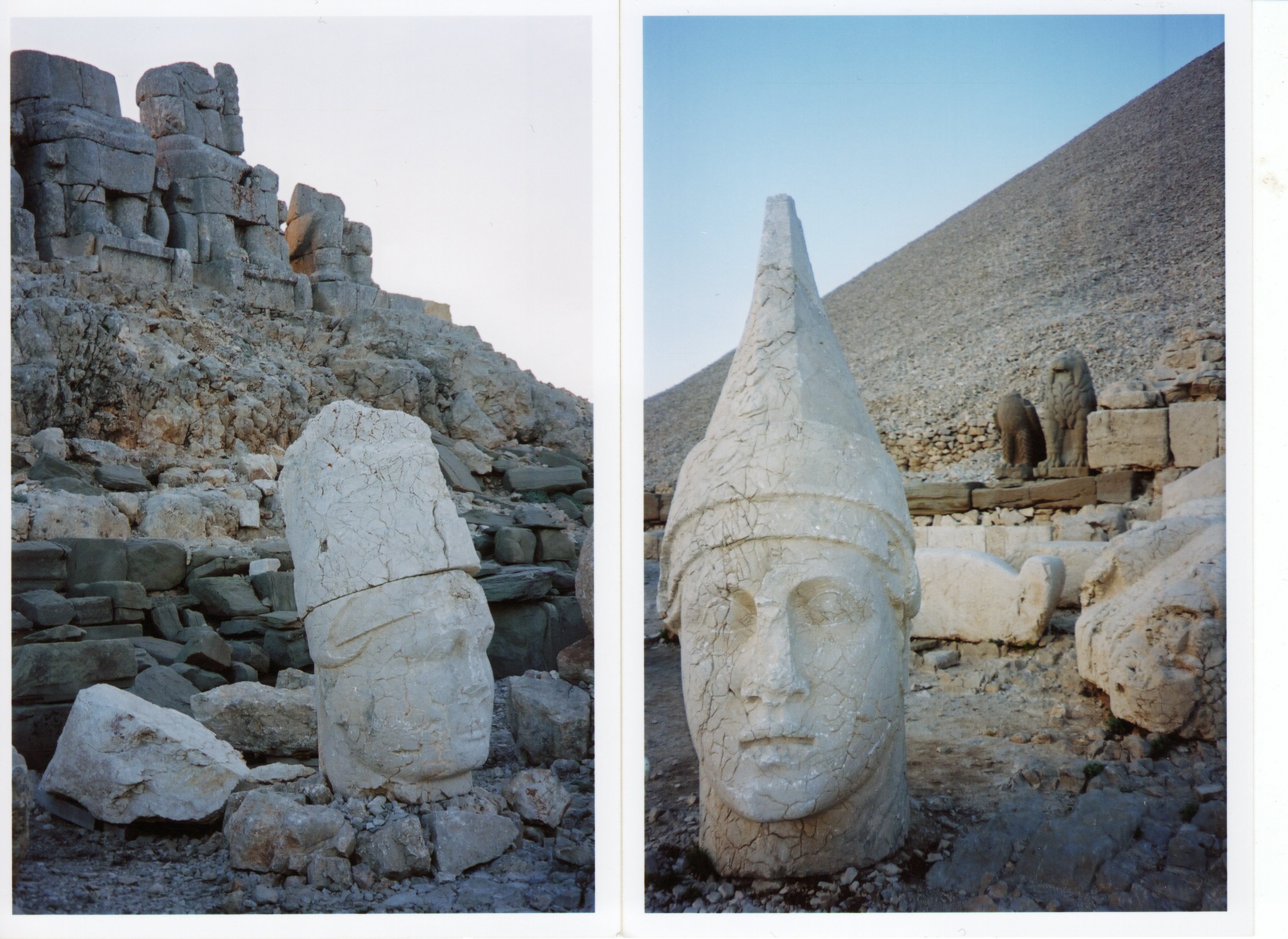
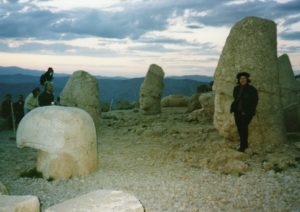
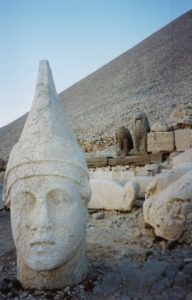
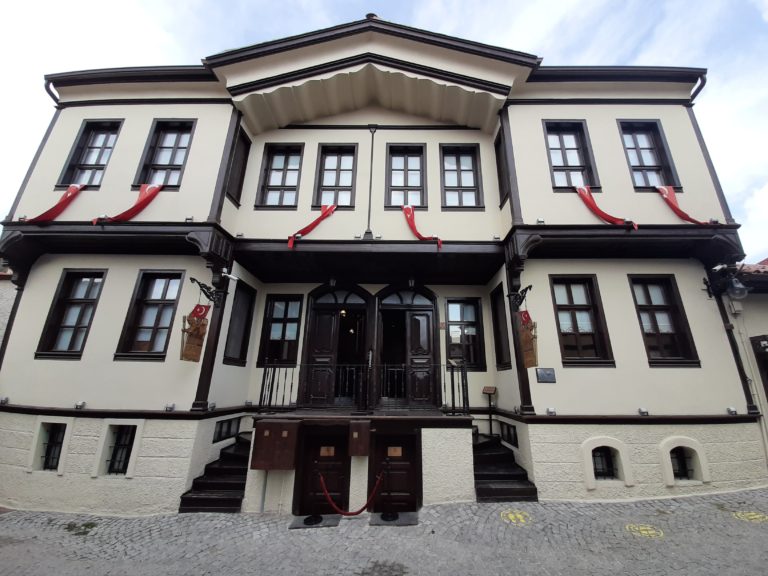
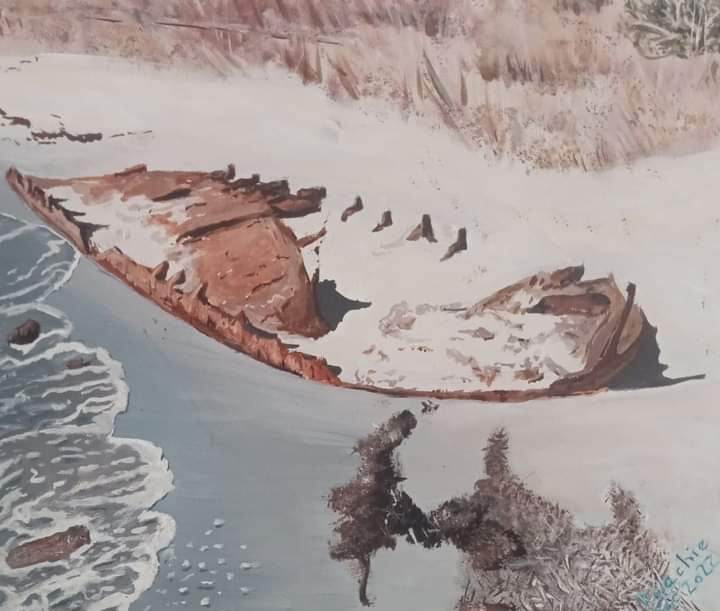
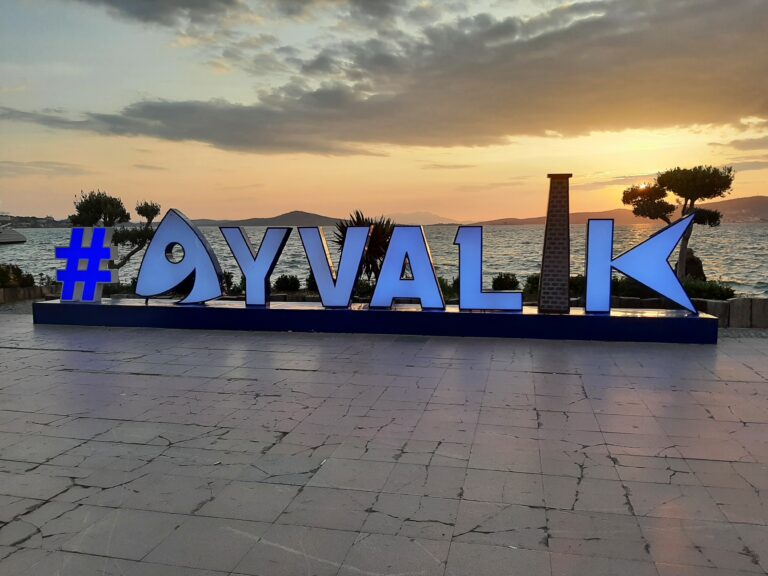
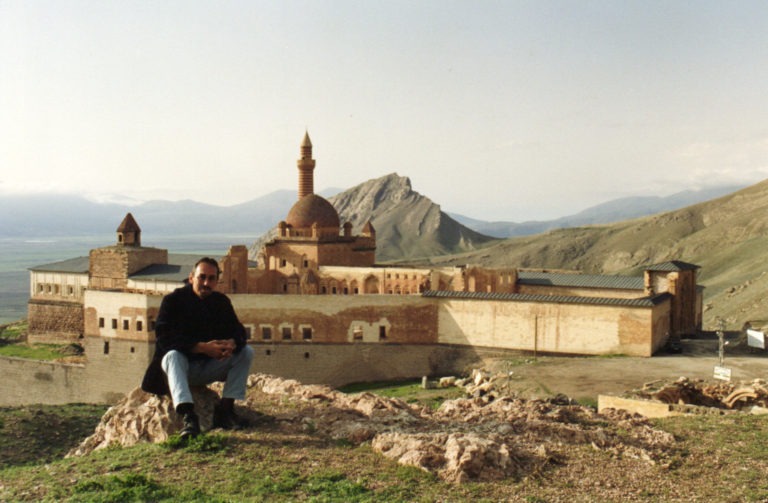
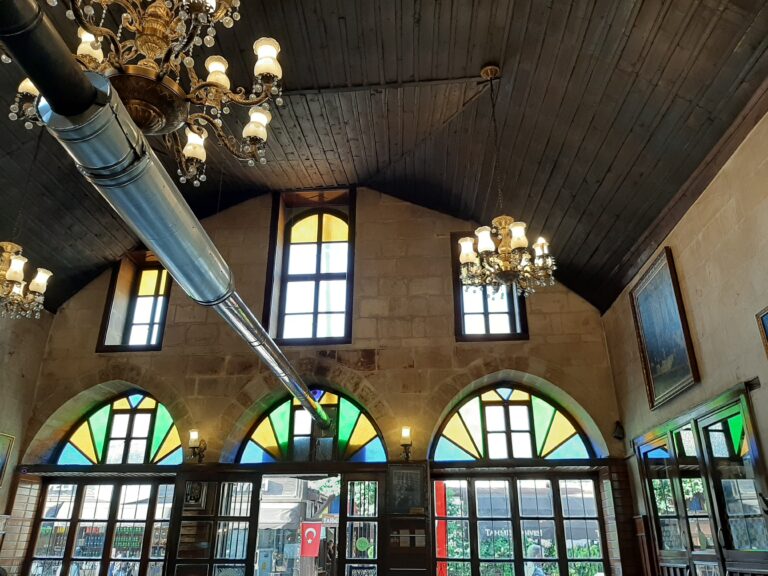
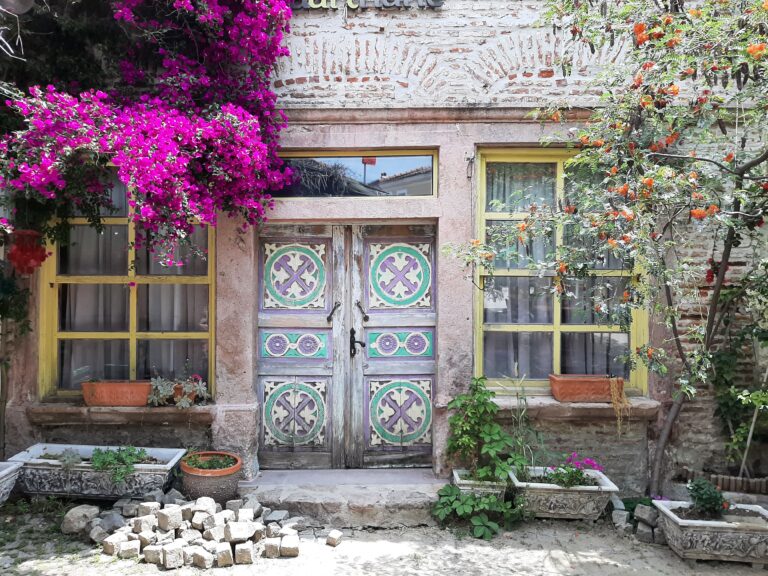
thanks for sharing